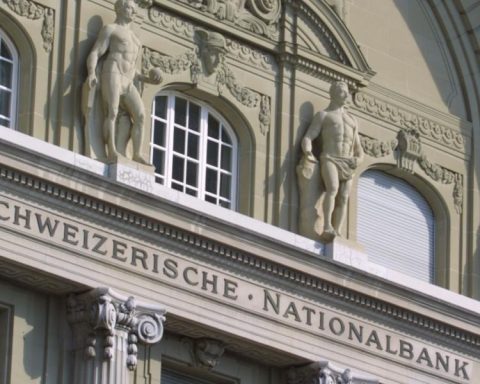To further dim the outlook, China appears poised to continue its ultra-restrictive COVID policies, backed by the ruling Communist Party, which on Sunday completed a reshuffle of its top leadership, with Xi Jinping securing a third term at the helm. the same.
The new alignment of China’s top governing body has raised fears among investors that President Xi will double down on ideology-driven policies at the cost of economic growth.
“There is no prospect of China lifting its zero-COVID policy in the near future, and we don’t expect any significant easing before 2024,” said Julian Evans-Pritchard, senior China economist at Capital Economics.
“Recurring virus disruptions will therefore continue to weigh on in-person activity and further large-scale lockdowns cannot be ruled out.”
Final consumption accounted for 2.1 percentage points of the 3.9% GDP growth, while capital formation, or investment, and net exports accounted for 0.8 and 1.1 percentage points, respectively.
In the nine months to September, urban per capita consumption adjusted for inflation fell 0.2% for the year.
The release of the data was initially scheduled for October 18, but was delayed on the sidelines of last week’s Communist Party Congress.
In quarterly terms, GDP increased 3.9%, compared to a revised fall of 2.7% in the April-June period and an expected increase of 3.5%.
The economy was favored by the manufacturing sector. Other data showed that industrial production in September increased 6.3% from a year earlier, beating expectations for a 4.5% increase and 4.2% in August.
Aside from domestic risks, the Chinese economy will be pressured abroad by the Ukraine crisis and a global slowdown due to interest rate hikes to curb inflation.
















